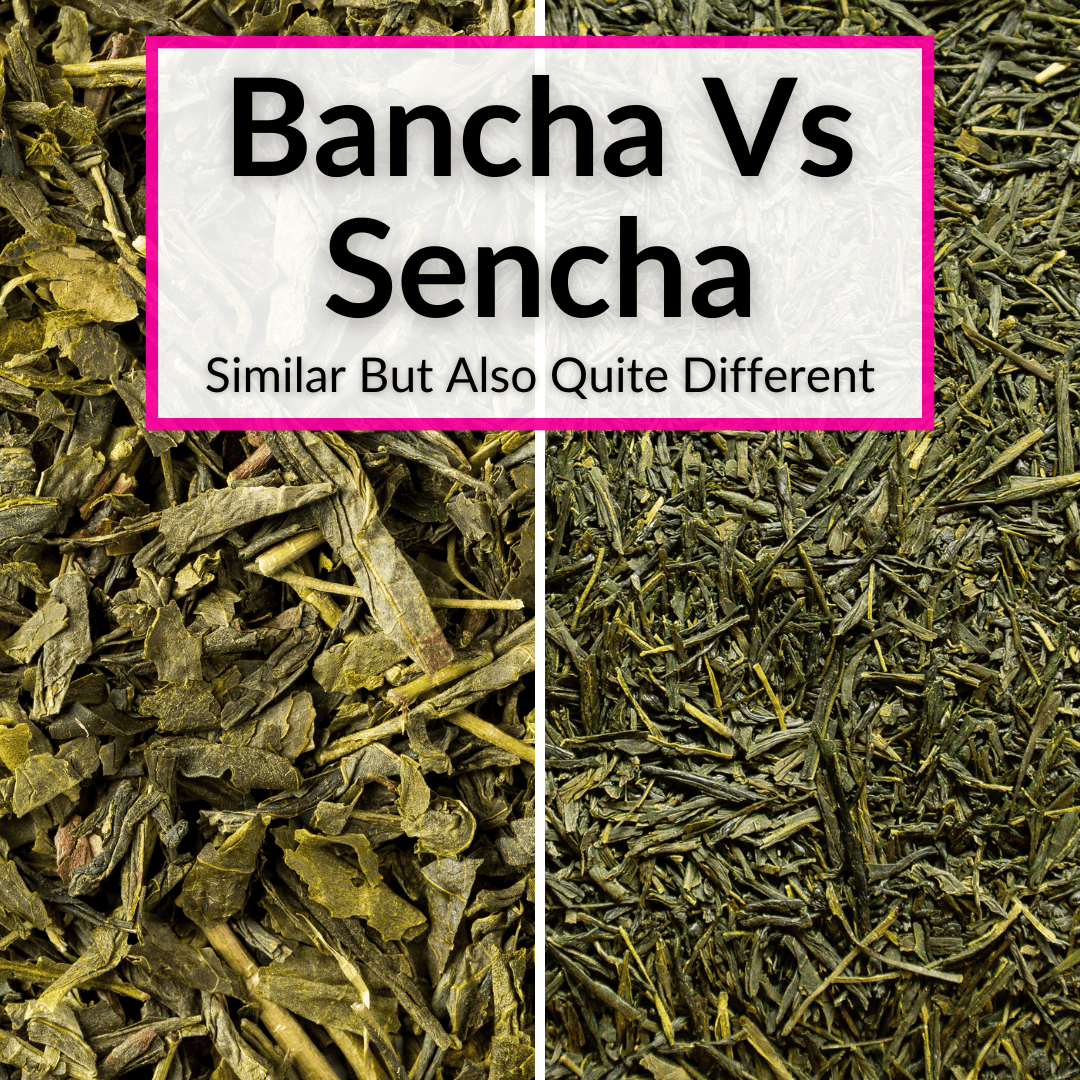 I remember the first time I tried to buy tea in Japan.
I remember the first time I tried to buy tea in Japan.
I couldn’t read any of the packaging and had no idea what to get.
I could tell it was all green tea (mostly bancha and sencha I later learned), so I figured it was basically the same.
Now I know that there are actually some big differences between bancha vs sencha.
Differences that result in a very different flavor.
And also a very different price.
Keep reading for a full comparison of bancha and sencha. It will help you figure out which tea to try. Or ideally, to try first. I recommend giving both a try and seeing which one you like best for yourself.
Table of Contents
Sencha Vs Bancha
We will begin our comparison of sencha and bancha teas by looking at each green tea type individually, before comparing them directly. We will finish by discussing the advantages of each type over the other.
Bancha
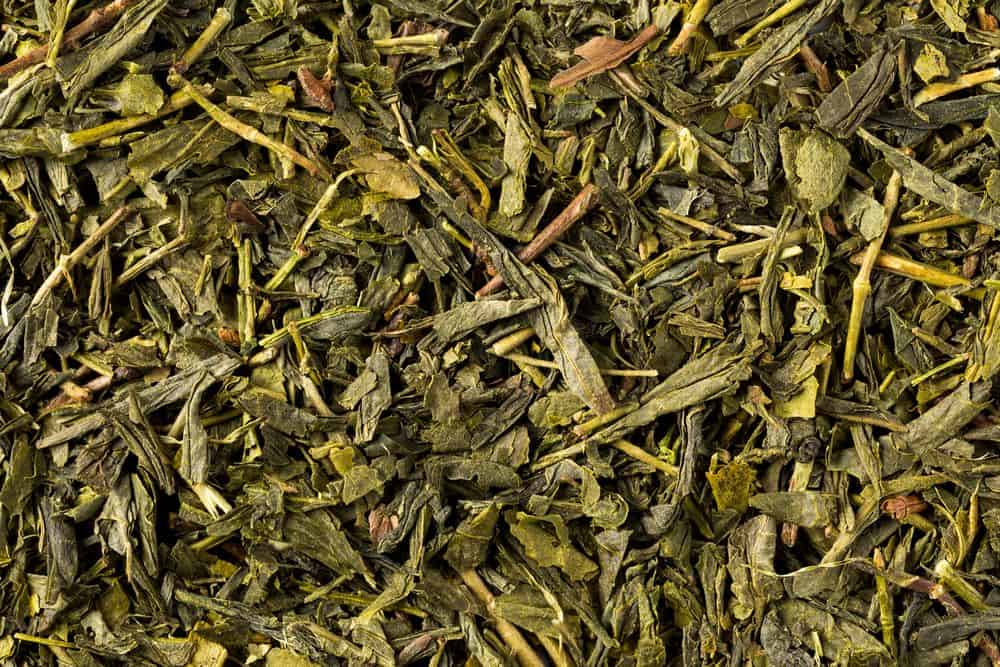
Bancha is a type of Japanese green tea. The word bancha means common tea. Bancha tea is one of the most macrobiotic teas.
It is derived from the leaves, stems, or twigs of the Camellia sinensis plant or the tea bush. It is usually harvested in late summer or early fall when the caffeine has receded from the tea leaves. It is also pan-roasted, further reducing its caffeine and tannic acid content.
Bancha tea is alkaline in nature. It can be served plain although, traditionally, people drink it with a dash of brown rice syrup or barley malt syrup.
The tea’s macrobiotic properties are said to be beneficial in preventing certain types of cancer. In the book, The Macrobiotic Approach to Cancer, author Kushi Michio recommends a bancha tea douche bath to remove the buildup of fat and mucus from the female reproductive system. This could help prevent female reproductive cancers and vaginal issues.
Herbalists also recommend salt bancha tea rinses to wash out the nostrils to prevent colds and nasal congestion. The rinse can also be used as mouthwash to prevent bad breath and soothe a sore throat.
Sencha

Sencha is also a type of Japanese green tea. The word sencha is literally translated, in the broadest sense, as infused tea or boiled tea. This variety of green tea is the most widely consumed tea in Japan.
Sencha tea is made from the unshaded first flush of the tea leaves. It is immediately steamed to prevent oxidation. After steaming it is dried and rolled into distinct needle-like leaves.
In addition to these special harvesting and processing methods, sencha tea’s distinct flavor depends on how it is brewed. That is why only expert tea makers are called in for the special tea ceremonies that serve sencha tea.
Sencha tea has numerous health benefits. Studies show that it can reduce LDL or bad cholesterol. With regular intake, it can boost cardiovascular health and reduce inflammation.
Difference Between Bancha And Sencha
Bancha and sencha are both Japanese green teas, but there are a number of key differences between the two varieties. Let’s take a look at the main ones.
Harvesting And Processing Methods
While both teas are made from the same tea plant, bancha is harvested a lot later than sencha. This results in a lower grade of tea. Sencha is completely grown in the sun and is the result of the first flush of tea leaves.
For sencha, they use only the tender sprouts on the top of the tea leaves. On the other hand, bancha tea is made from the tougher, lower leaves of the tea plant.
Sencha tea is also immediately steamed after being plucked or harvested. This is done to prevent oxidation. Bancha tea is also steamed, but then it is roasted on top of that. And since it is harvested a lot later, it is more astringent than sencha.
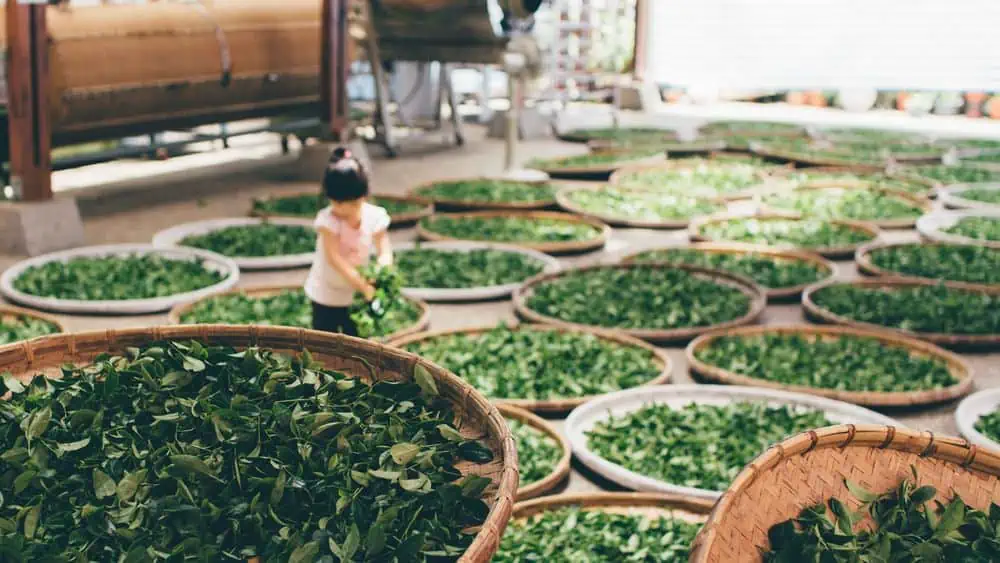
Different Brewing Temperatures
Since bancha is made with older, tougher leaves, it can withstand hotter water than sencha leaves. Experts recommend brewing sencha for just one minute in hot water at a temperature between 60° to 70° F.
For bancha, steep the tea for one minute at a temperature of 70° to 80° F. Furthermore, you can generally re-infuse bancha leaves up to four times. Sencha loses its flavor after 2 to 3 infusions, though this does depend on the specific leaves you use.
Color And Flavor
Sencha tea can have a variety of flavors, depending on the specific tea you buy. People generally describe sencha’s taste as grassy, sweet, and even kale or spinach-like. It is a blend of bitter-sweet flavors. It has a refreshing aroma and a rich green-gold color.
Pan-roasted bancha tea has a golden color. Its taste can be described as nutty-sweet. Bancha tea is less aromatic and also more astringent than sencha.
This is because bancha tea is made from the less flavorful and tougher tea leaves found on the lower parts of the tea plant, unlike sencha which is made using the tender sprouts or the top parts of the tea plant.
Caffeine Content
Sencha has a higher caffeine content than bancha. A cup of sencha can contain about 75 mg of caffeine (depending on how it is brewed), which is around half as much as a cup of coffee.
Bancha contains about 10 mg of caffeine per cup. Its lower caffeine content makes it ideal as a late afternoon or evening beverage.
Health Benefits

Both teas are healthy but bancha is considered healthier due to its lower caffeine content. Since bancha tea is made with grown adult tea leaves, it also contains more minerals such as potassium and calcium which sencha tea lacks. Bancha tea also has fluoride. It is touted for its macrobiotic properties.
Sencha is rich in antioxidants like vitamin C. It is beneficial in fighting numerous health issues.
Cost
Bancha tea is less expensive than sencha, by about half. This is because it comes from the later flushes of the tea leaves, stems, and twigs resulting in lower grades of tea.
Similarities Between Sencha And Bancha
As mentioned, there are many similarities between sencha and bancha teas. We will go over those next.
Popular Teas
Both types of teas are popular in Japan. People love bancha’s robust flavor and it is a great choice of afternoon and evening tea. Sencha is the most commonly drunk green tea in Japan for its sweet flavor. It is considered a higher-grade tea than bancha and is also used in tea ceremonies.
Similar Processing And Brewing
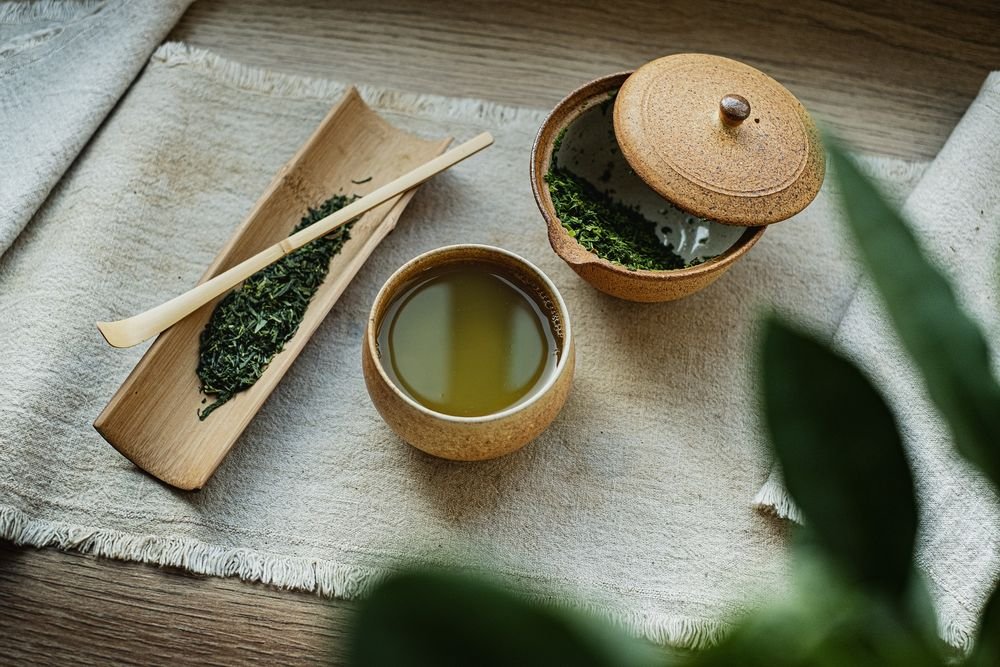
The processing of bancha and sencha are very similar. Both teas are unoxidized and that is why they remain green teas. Both teas undergo a steaming process and after steaming, the leaves are dried in a controlled manner to bring the moisture content to around 4% to 7%.
The leaves are then rolled into a needle-like shape. This helps retain their flavor after they are infused in hot water. Both teas are brewed in hot water for about one minute. They can be reinfused multiple times.
Advantages Of Bancha Tea
Bancha tea is lower in caffeine and is also less expensive than Sencha. The tea is also higher in minerals like fluoride, potassium, and calcium.
Bancha tea has numerous health benefits. It is higher in antioxidants and catechins. Its macrobiotic properties are also considered beneficial in preventing certain types of cancers.
The flavor of bancha also goes well with certain snacks. Since it is lower in caffeine, it can be had in the evening – especially for those sensitive to the stimulant.
Advantages Of Sencha Tea
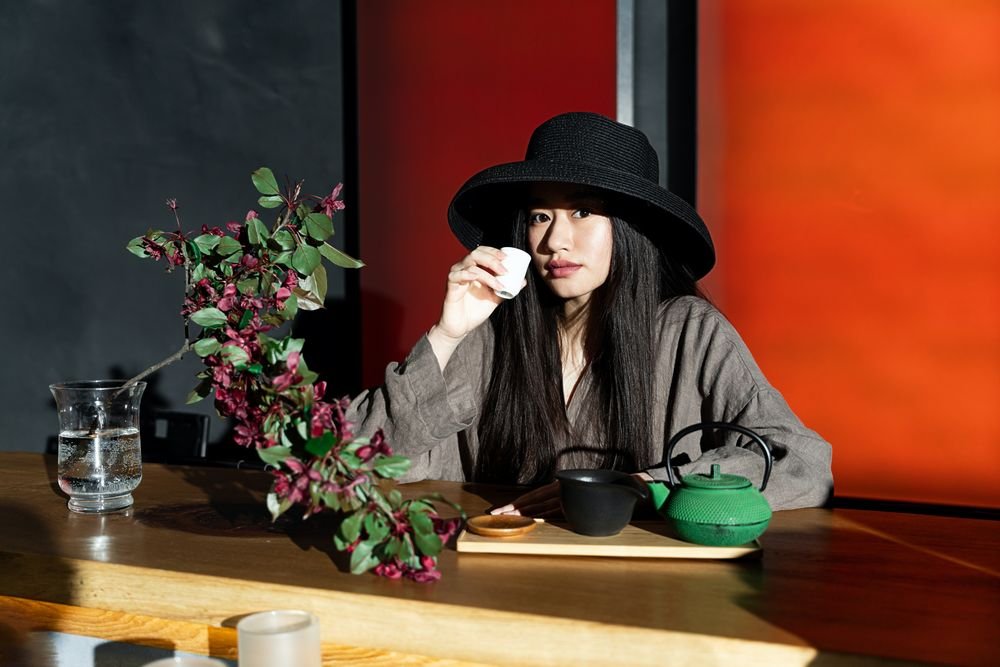
Sencha has a delicate umami flavor and is a higher-grade tea than bancha. Since it is made using the delicate sprouts of tea leaves, it has a bitter-sweet flavor.
Sencha tea is used in special tea ceremonies. It is more expensive than bancha due to the special processing and harvesting (shading, steaming, and first flush). It is also rich in vitamin C and other antioxidants.
Bancha Vs Sencha: Final Thoughts
In the end, both sencha and bancha have numerous health benefits and are prepared in the same way. They are also both green teas from Japan. But they differ primarily in their processing, which is the cause of all other differences between bancha vs sencha.
Both teas are steamed immediately after harvesting to stop the oxidation process, but bancha is also roasted, which alters the flavor considerably. Bancha is also made from older leaves and the tea plants are not shaded.
The result is that bancha is a cheaper tea, as it’s name (common tea) implies. Sencha is a higher class of tea and it costs more. But it is still priced accessibly, which is why it is the most popular tea in Japan.
Leave a Reply